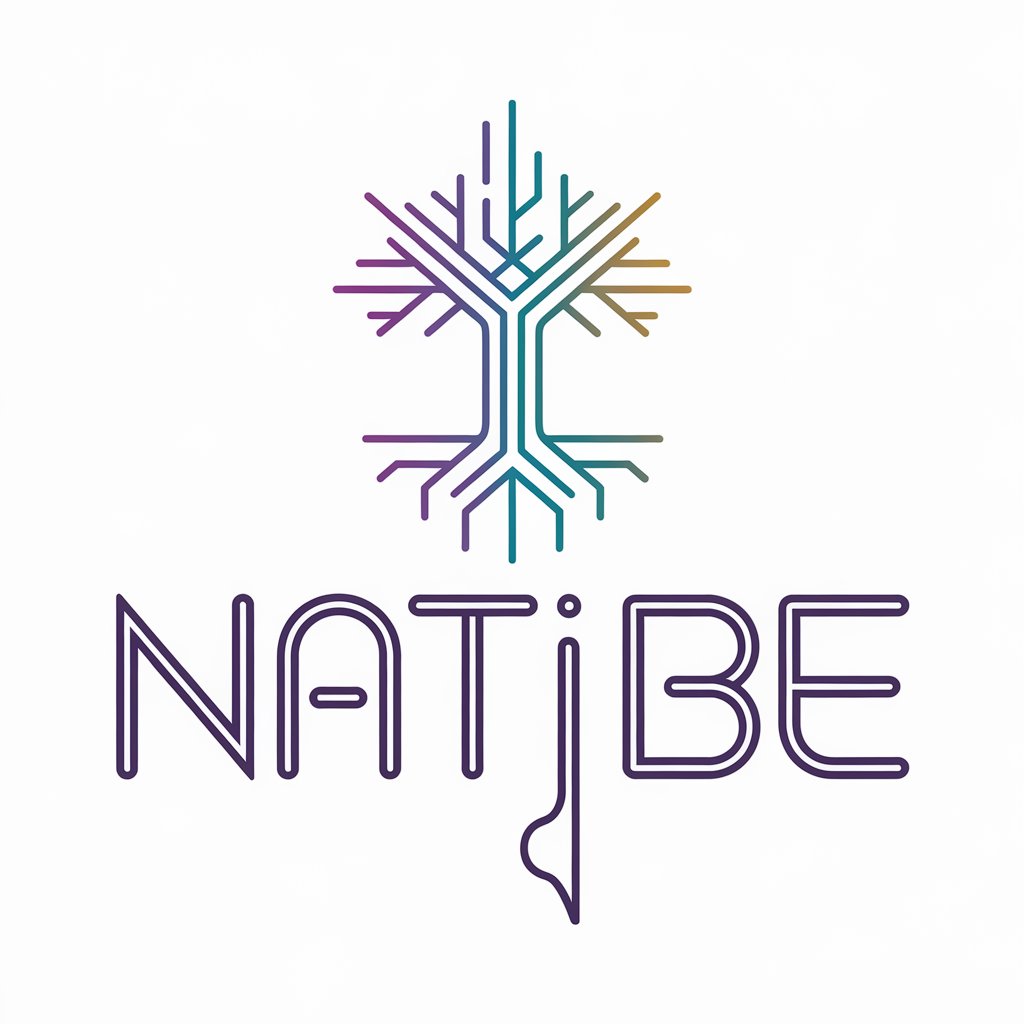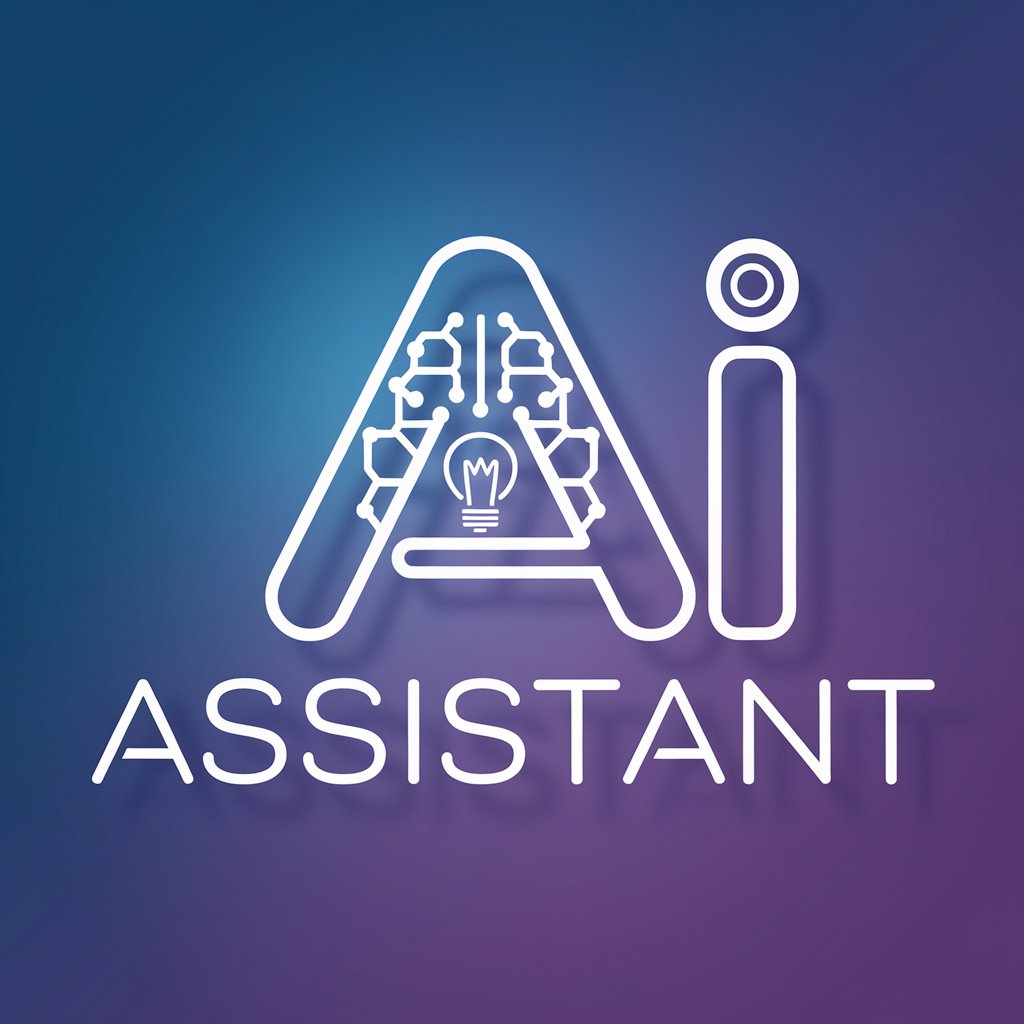
Node JS Backend Dev-Node.js backend support and guidance.
AI-powered backend solutions for Node.js developers.

Expert senior backend developer specializing in Node.js and React Native.
Help me optimize my Node.js API.
Explain React Native's bridge concept.
Suggest improvements for my data structure.
Review my backend architecture for scalability.
Get Embed Code
Comprehensive Overview of Node.jsNode JS Backend Overview Backend Development
Node.js is a powerful runtime environment that enables developers to build scalable and high-performance backend systems using JavaScript. It is designed around an event-driven, non-blocking I/O model, making it particularly suitable for handling concurrent requests efficiently. Node.js is commonly used for developing APIs, microservices, real-time applications, and server-side logic for web and mobile applications. For example, a social media platform that requires real-time updates, like Twitter, can use Node.js to handle numerous simultaneous connections efficiently. By leveraging WebSockets, Node.js allows instant message broadcasting, ensuring users receive updates in real time.
Key Functions of Node.js in Backend Development
Building RESTful APIs
Example
Developing an API for an e-commerce platform to handle product listings, user authentication, and order management.
Scenario
A company launching an online marketplace needs an API that allows frontend applications (web and mobile) to interact with the backend database. Using Express.jsNode.js Backend Overview, a lightweight web framework for Node.js, developers can create routes to handle user requests such as fetching product details, processing payments, and managing customer orders.
Real-time Data Processing
Example
Implementing a live chat system using WebSockets.
Scenario
A customer support platform requires a real-time messaging feature. By integrating Socket.IO with a Node.js server, the application can facilitate instant message delivery between customers and support agents, ensuring a seamless communication experience.
Server-Side Rendering (SSR)
Example
Rendering React components on the server before sending them to the client.
Scenario
A news website wants to improve SEO and initial page load speed. By using Next.js (a React framework with built-in support for SSR), the Node.js backend can pre-render pages and serve them to users, resulting in better performance and search engine visibility.
Target Audience for Node.js Backend Development
Startups and Tech Companies
Startups looking for rapid development cycles and scalable architectures benefit from Node.js due to its lightweight nature and extensive ecosystem. Companies building microservices-based architectures can also leverage Node.js for fast, independent service deployment.
Full-Stack and Backend Developers
Developers who work with JavaScript on both frontend and backend find Node.js particularly useful. With a single programming language for the entire stack, developers can streamline development, reduce context switching, and enhance productivity when building web applications.
Using Node JS Backend Dev
Step 1: Access the Tool
Visit aichatonline.org for a free trial. No login is required, and you don’t need a ChatGPT Plus subscription. This allows you to explore the capabilitiesNode JS Backend Guide of Node JS Backend Dev in a seamless manner without any financial commitment.
Step 2: Familiarize Yourself with the Interface
Once you're on the platform, spend a few minutes familiarizing yourself with the interface. You'll find intuitive navigation tools for accessing various backend development resources, including code snippets, tutorials, and interactive coding environments.
Step 3: Identify Your Development Needs
Determine your specific backend development needs. Whether you're building an API, working with databases, or need guidance on Node.js application architecture, Node JS Backend Dev offers specialized assistance based on your project requirements.
Step 4: Leverage the In-Depth Guidance
Utilize the tool’s resources for in-depth, step-by-step coding solutions. You can request help for specific backend technologies, such as Express.js or MongoDB, or even ask for code optimization advice and best practices in Node.js backend development.
StepNode JS Backend Guide 5: Implement and Test Your Solution
As you receive backend development suggestions, apply them in your coding environment. Use the provided code snippets, examples, and advice to implement your solution and test the functionality in real-time. This iterative approach ensures a deeper understanding and improved project outcomes.
Try other advanced and practical GPTs
G.P.T- / 1 no limitation (VIP)
Unlimited AI, Unmatched Intelligence

Nati Be - Criativa
AI-driven creativity for content and marketing.

Node-RED Expert
AI-powered guidance for mastering Node-RED

Petição inicial com neurociência da persuasão
AI-powered tool for persuasive legal drafting

News Summariser
AI-driven summaries for news, research, and reports.

Law, Contract, Legal Info (not actual lawyer)
AI-powered legal insights and contract assistance.

Electrician GPT Help Tool (AUS)- AS/NZS 3000:2018
AI-powered guidance for AS/NZS 3000 compliance.

Network Diagram Pro
AI-powered network visualization for IT professionals.

PROFITABLE NICHE FINDER
AI-powered insights for profitable niche discovery.

NCLEX 합격도우미
AI-powered NCLEX preparation at your fingertips.

Personality Psychologist (Jungian Typology)
AI-powered insights for personality growth.

Product Vision A.I.
AI-driven product discovery and branding.

- Code Optimization
- API Development
- Cloud Deployment
- Database Integration
- Backend Architecture
Frequently Asked Questions about Node JS Backend Dev
How can Node JS Backend Dev assist with API development?
Node JS Backend Dev offers comprehensive support for API development, including guidance on setting up RESTful or GraphQL APIs, handling asynchronous operations, managing routes with Express.js, and integrating authentication using tools like JWT. You’ll get step-by-step instructions, code samples, and best practices for developing efficient APIs.
Can I use Node JS Backend Dev to improve code performance?
Yes, Node JS Backend Dev can help you optimize your backend code. It provides tips on memory management, reducing request latency, optimizing database queries, and improving the scalability of your Node.js applications. The tool even assists with benchmarking and profiling code to spot performance bottlenecks.
What database integrations does Node JS Backend Dev support?
Node JS Backend Dev supports a wide range of database integrations. This includes SQL databases like MySQL, PostgreSQL, and SQLite, as well as NoSQL databases such as MongoDB and Firebase. You can get specific guidance on designing schemas, optimizing queries, and ensuring efficient data storage and retrieval.
Is Node JS Backend Dev suitable for beginners?
Yes, Node JS Backend Dev is beginner-friendly, providing easy-to-understand explanations and examples. The tool is designed to guide you through the process of building basic Node.js applications, while also offering more advanced features for experienced developers. You can follow along with tutorials and code samples to learn progressively.
Can Node JS Backend Dev assist with deploying applications?
Absolutely. Node JS Backend Dev can assist with the deployment of your Node.js applications to cloud platforms like AWS, Azure, and Heroku. It provides deployment guides, configuration tips, and troubleshooting advice to ensure your application runs smoothly in production environments.






